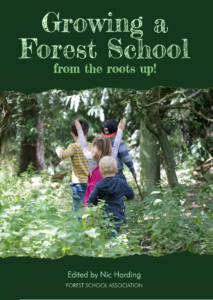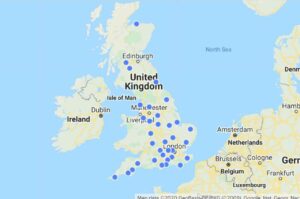 In the winter months, evergreens are traditionally brought inside as symbols of the continuity of life, and symbols of hope and endurance through the dark season. Circular wreaths symbolise the wheel of the year, and continuity of life. Each evergreen species has a slightly different energy and it is lovely to spend a bit of time getting to know them as you collect materials for your wreath.
In the winter months, evergreens are traditionally brought inside as symbols of the continuity of life, and symbols of hope and endurance through the dark season. Circular wreaths symbolise the wheel of the year, and continuity of life. Each evergreen species has a slightly different energy and it is lovely to spend a bit of time getting to know them as you collect materials for your wreath.
- Greet the tree/plant and ask it for permission to harvest some of its branches (believe me you will get a feeling of ‘yes’ or ‘no’…it might even share some secrets with you!). If it says yes – perhaps you could thank the tree through a thoughtful action or gift (a drink of water, plant its seeds, give it a hug etc!).
- Holly – represents the cycle of life, death, rebirth and sacrifice (see the story of the Holly King and Oak King). It reminds us to have compassion and calm in order to reach wise decisions and opens the heart to unconditional love. (Find out more about Holly here)
- Mistletoe – represents fertility …errrrr… the white gooey berries represents a certain male fluid! … Just think about that when you kiss under it this Christmas! The druids had a very sacred rite of harvesting mistletoe from an Oak tree on midsummer using a golden sickle. The harvested parts were caught in a white cloth before touching the ground.
- Ivy – represents the freedom of following your own path and searching for the self and enlightenment. The ‘Ivy girl’ and ‘holly boy’ were an important part of Yule festivities, when it was customary to dress a girl up in ivy (representing the moon goddess) and boy in holly (representing the sun god) – they competed against each other in a kind of medieval ‘battle of the sexes’, before parading hand in hand around the village (representing the sacred marriage).
- Yew – represents regeneration, rebirth and ancient wisdom. It also is a link us with our ancestors and the spirit realm. The ancient yews found in churchyards are often much older than the church buildings them
 selves.
selves.
- Get a small bunch of thin bendy rods (Willow or Hazel would be ideal) and bend into
a hoop – whatever size you want the wreath to be. - Weave in the greenery you have collected. Using string or garden wire can help to fix it.
- Hang your wreath up or lay it horizontally and place a candle in the centre. Notice how the holly leaves are wonderful at reflecting the light!
- Traditionally, after the festive season is over, evergreen decorations were ceremoniously disposed of – either burnt in a special fire or returned to compost back to the earth. So think about how you want to set the good vibes free after you’ve used yours.
NB – If doing this with others, please do bear in mind that some of the species mentioned are poisonous and to take this into account when considering your risk management systems. Also I hope I don’t need to mention it – but don’t leave candles surrounded by a wreath of sticks left unattended!

Need to justify activities for your setting?! How doing this supports Holistic Development (well – this is how I see it anyway!):
- Physical – Fine motor skills, manipulation of objects and coordination of bending the hoop and weaving in materials. Possibly use of tools such as loppers or secateurs to harvest the evergreens. Sensory experience of handling different textures, smells of different species.
- Spiritual – Folklore and stories echo the cycles of life, give a connection to previous generations and promote a relationship with the woodland species and the seasonal festivals. Encouraging dialogue with the tree/plant (step 1 above) may promote awareness of plants as living beings.
- Emotional – Choice and control over the species selection and arrangement on the wreath, allows for individual expression. Expressing gratitude (to the tree/plant for its materials) is conducive to emotional wellbeing.
- Social – Potential for collaborative working (helping others by holding foliage whilst another secures it etc). Potential for facilitating a calm, repetitive, meditative state conducive to open, authentic conversation. Potential starting point for conversations about the seasons, cycle of life, hope, light & dark, festivities etc.
- Linguistic – New vocabulary potential (names of species, descriptive terminology of identifying features, folklore content/characters, tools etc). Language for purpose in describing the materials, steps of task etc.
- Cognitive – Awareness and identification of different tree/plant species and the difference between evergreen and deciduous. Awareness of connecting and joining materials, problem solving & experimentation of methods. Risk awareness and understanding – poisonous species, potential tool use, candles etc.
References:
Ferguson, D. (1996) The Magickal Year. A pagan perspective on the natural world. Labyrinth Publishing Ltd.
Gifford, J. (2000) The Celtic Wisdom of Trees. Mysteries, Magic and Medicine. Godsfield Press Ltd.
Kindred, G. (2001) Sacred Celebrations. A Sourcebook. Gothic Image Publications.




